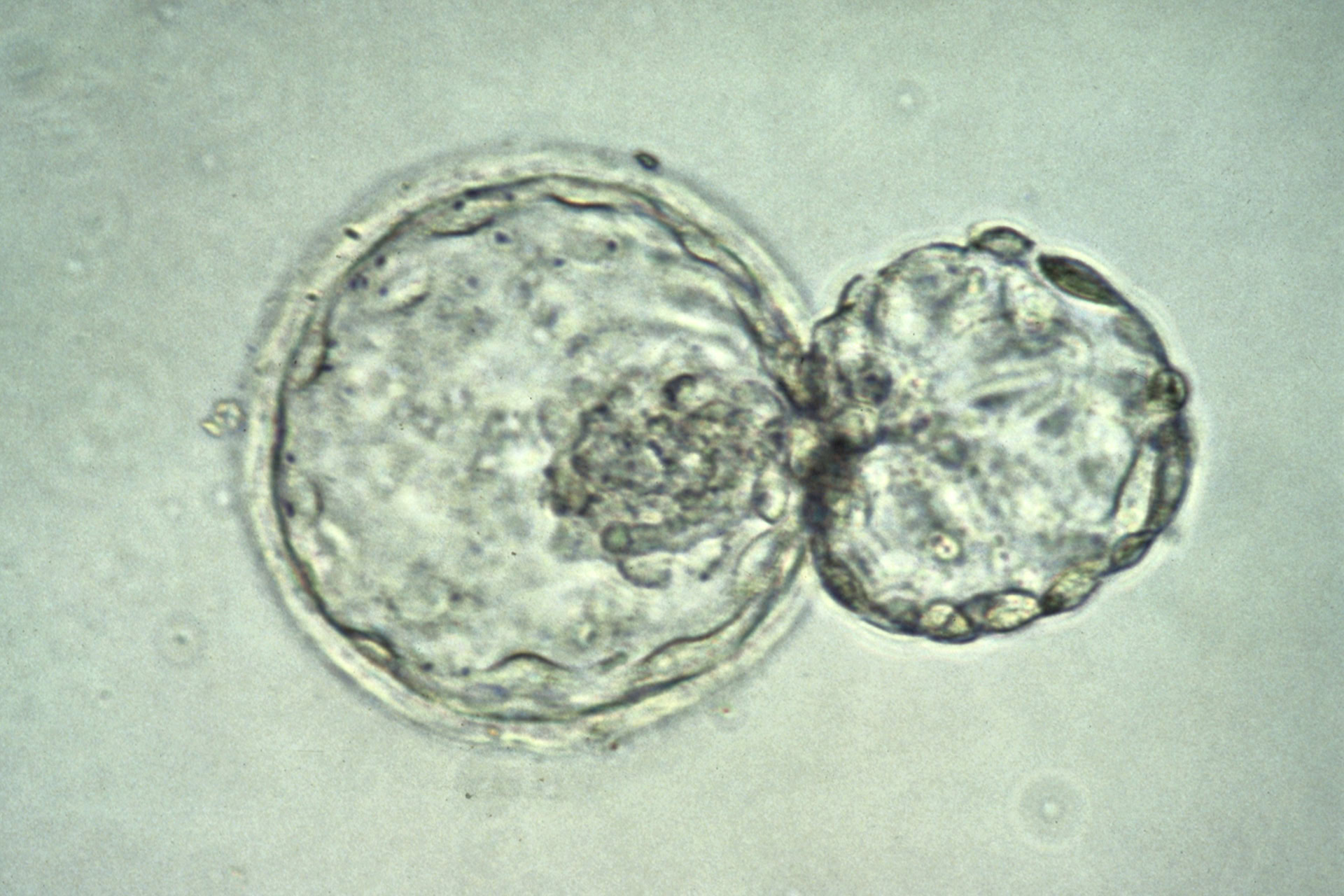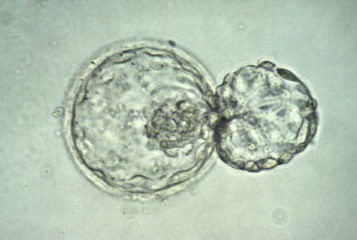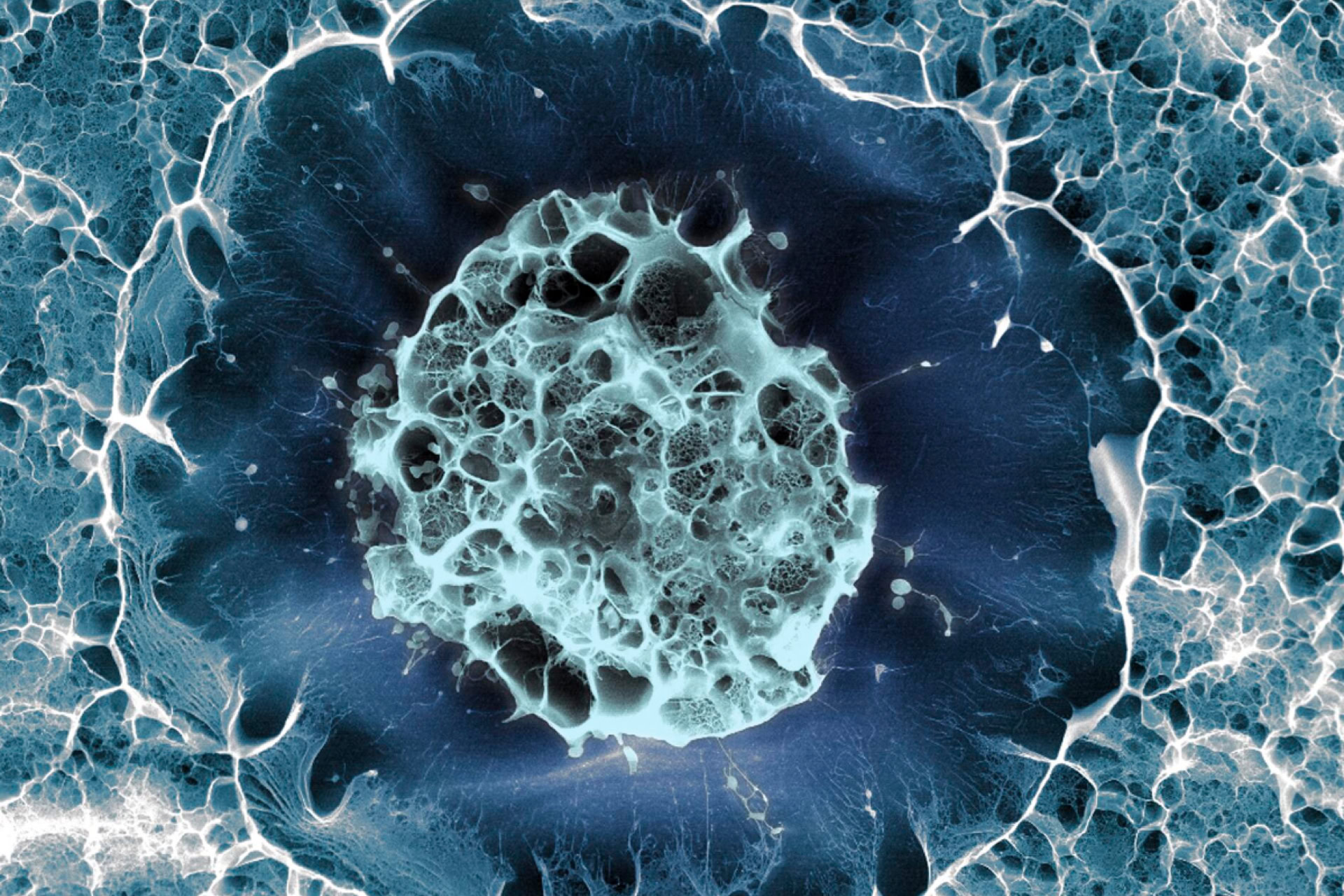Scientists at the University of California San Diego (UCSD), US, have developed a technique to transfer modified genes known to cause disease in humans into human embryonic stem cell (ES cell) lines. The modified ES cells behave like diseased cells and can be used to study human genetic diseases in the laboratory. The new technique provides an alternative approach to mouse 'knock out' models of disease.
In this technique, a 'bacterial artificial chromosome (BAC)-based targeting vector' containing the modified gene integrates into the ES cell DNA, replacing the both copies of the normal gene and producing dysfunctional gene products in ES cells. This method is technically challenging but has a much higher efficiency (20 per cent) than other methods such as plasmid vectors, which have an average efficiency of one per cent.
Yang Xu and colleagues used the BAC-based targeting vector technique to study two genes linked to human disease: p53 and Atm. The functional p53 gene encodes a tumor suppressor factor in cells that is normally involved in DNA repair, cell differentiation, cell cycle arrest and controlled cell death; when mutated the p53 gene is implicated in many cancers. The mutated Atm gene encodes a dysfunctional enzyme implicated in the rare genetic condition Ataxia-telangiectasia, which causes growth retardation, degeneration of brain cells, immunodeficiency, hypersensitivity to ionizing radiation and increased cancer risk.
The authors found that after substituting the altered p53 or Atm genes into human ES cells, the modified cells behaved in a similar way to diseased cells in cancer or Ataxia-telangiectasia. They observed similar results using two different human ES cell lines - HUES and H9 - and believe that the technique could be used to study many other human genetic diseases.
Human genetic diseases have already been studied extensively in mouse 'knock out' models, or by creating induced pluripotent stem cells (iPS cells) from human tissue with a known genetic disease. The new BAC-based method for targeting ES cells, published in the journal Cell Stem Cell, introduces an additional novel approach and may circumvent some of the challenges associated with these existing methods. For example, in some cases mouse 'knock out' models do not fully mimic human disease due to differences in mouse and human biology. In contrast, iPS cells generated from diseased human tissue may harbour additional genetic alterations that may complicate the study of disease. The BAC-based targeting vector approach can successfully substitute disease-causing genes into normal, healthy ES cells. The cells are capable of indefinite self-replication, and with the appropriate molecular cues can be prompted to develop into any mature cell type in the body for the study of disease.
New technique creates genetic disease models in human stem cells
Image by K Hardy via the Wellcome Collection. Depicts a human embryo at the blastocyst stage (about six days after fertilisation) 'hatching' out of the zona pellucida.

Scientists at the University of California San Diego (UCSD), US, have developed a technique to transfer modified genes known to cause disease in humans into human embryonic stem cell (ES cell) lines. The modified ES cells behave like diseased cells and can be used to study human genetic diseases in the laboratory. The new technique provides an alternative approach to mouse 'knock out' models of disease....





Leave a Reply
You must be logged in to post a comment.